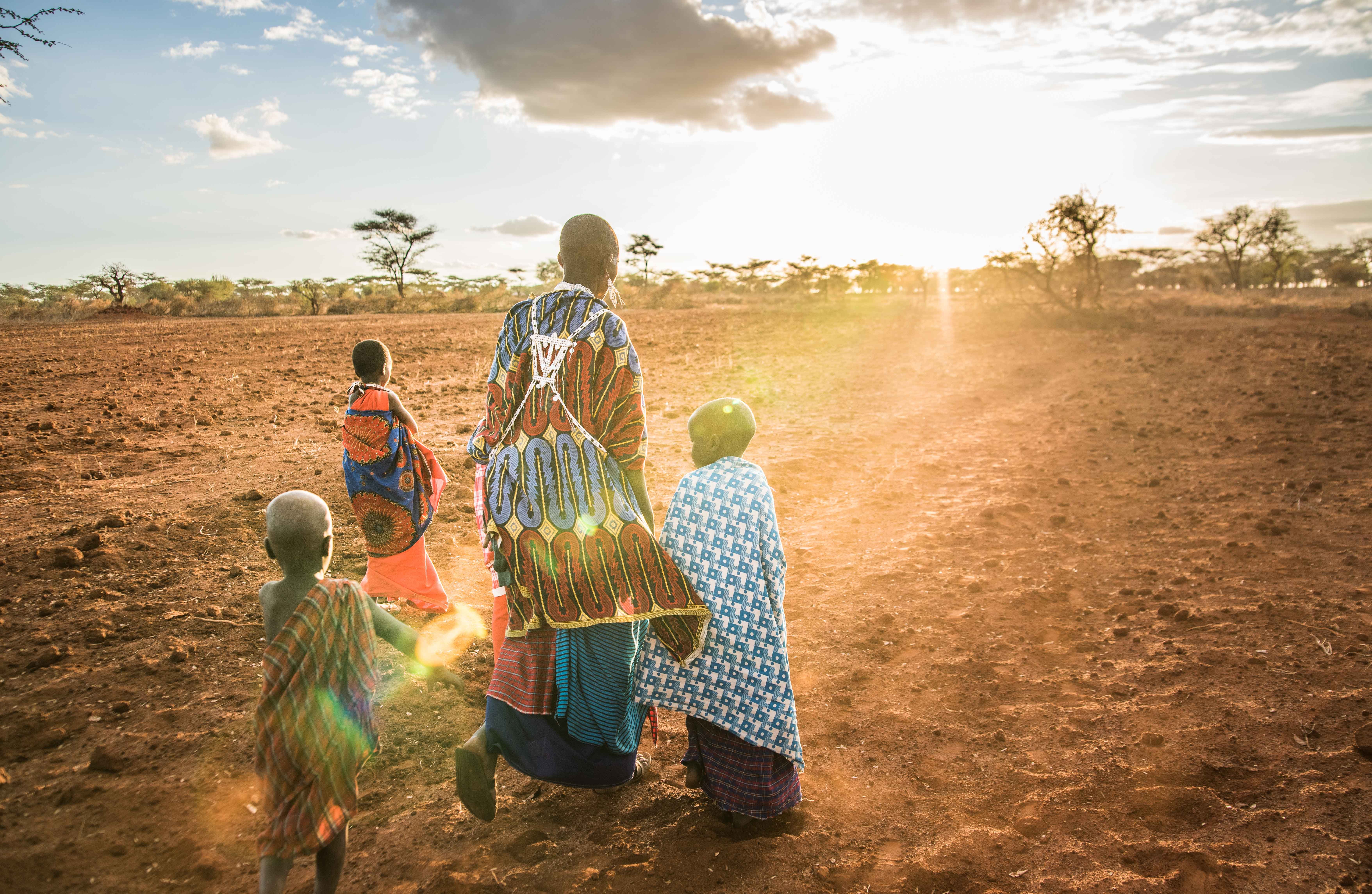
Family planning is giving individuals a choice to decide if and/or when they would want to have children. This choice is made possible through the use of contraceptives. However, according to World Health Organization, 214 million women of reproductive age in developing countries who want to avoid pregnancy are not using a modern contraceptive method.
The role that contraception plays on conservation and the challenges to implementation of its use in Tanzania were explained by Guilia Besana, Family Planning Advisor, The Nature Conservancy – Arusha, Tanzania. Guilia was speaking at an Africa Biodiversity Collaborative Group’s speaker series event held on June 20, 2019 at The Nature Conservancy in Washington DC.
While people and the planet are interconnected, there has been an imbalance on what nature gives and what humans take. This imbalance is mainly contributed by population growth, said Guilia. As population growth increases, the demand for land and water increases.
Family Planning as the solution
A report by United Nations on World Contraception Day indicates that worldwide, more than 41% of all pregnancies that occur each year are unintended and nearly half of these unplanned pregnancies end in abortion. Voluntary family planning goes a long way in helping women and men secure their rights to decide freely, and for themselves, whether, when, and how many children they want to have, said Guilia. Its impact on the quality of life of women include avoiding health risks, nutritional depletion as well as contributing to the empowerment of women. By controlling population growth, the use of contraception contributes to poverty reduction and improve nutritional outcomes as well as preventing further HIV/AIDS transmission. On infants, it helps alleviate malnutrition by increasing the likelihood of being breastfed as well as increases their chances of being educated, explained Guilia.
With the increase in pressure on environment, contraception can be a solution to sustainable access to water and other natural resources without much competition. It also helps in mitigating unhealthy interaction with the nature hence contributes in curbing deforestation. This sums up to a contribution in addressing climate change.
Challenges in implementation
While family planning offers a range of solutions to different issues, there has been major challenges in the implementation of the same. Nearly half of the land in Tanzania is covered by forest and woodlands of which 1/3 of it is protected, explained Guilia. Over 80% of the country’s economy depends on the environment.
Current Tanzania population is at 60 million of which 62% of the population is under 24 years of age with 70% of the population living in rural areas where access to contraception is limited. With unmet need for family planning stagnating between 24-26% from 1999, the contraceptive prevalence rate among married women is 32% with a total fertility rate of 5.2 in 2006, explained Gulia.
Major resistance to adoption occur as a result of conflicting messaging majorly because of fragmented government support. This is usually due to limited/lack of a uniform framework for implementation between local governments and the national government. Competing priorities is another challenge to implementation that comes as a result of limited resources hence the need to address immediate health needs such as HIV/AIDS and maternal health.
Other challenges include, traditional beliefs and social norms such as early marriage and the number of children a woman is expected to bear, myths and misconceptions such as pills can cause cancer and infertility, stock out of the commodities which can cause discontinuation, and prioritization of lifesaving drugs by the community and shortages of health care professionals.
For in-depth information,
Click to download the slide presentation>
Click to listen to the webinar recording>
Speaker bio
Giulia Besana, Family Planning Advisor, The Nature Conservancy (TNC) – Arusha, Tanzania
Giulia’s passion lies in improving the lives of mothers and children starting with Eastern Africa where she was born and brought up. She holds an MSc in Reproductive and Sexual Health from the London School of Hygiene and Tropical Medicine and has over ten years of experience working in the reproductive health sphere.
She first started her career with Pathfinder International in Tanzania. She has also worked for Jhpiego, Oxford Policy Management, President’s Malaria Initiative, Impact and other smaller organizations in the area of monitoring and evaluation, research, capacity building, program planning and fundraising. Prior to her position with TNC, Giulia co-founded Toto health Tanzania, a social enterprise with the mission of making motherhood a safe and joyful experience for mothers, parents, and caregivers. Giulia joined TNC in February 2019 and is very excited to be part of TNC’s efforts to bridge the gap between family planning and conservation.

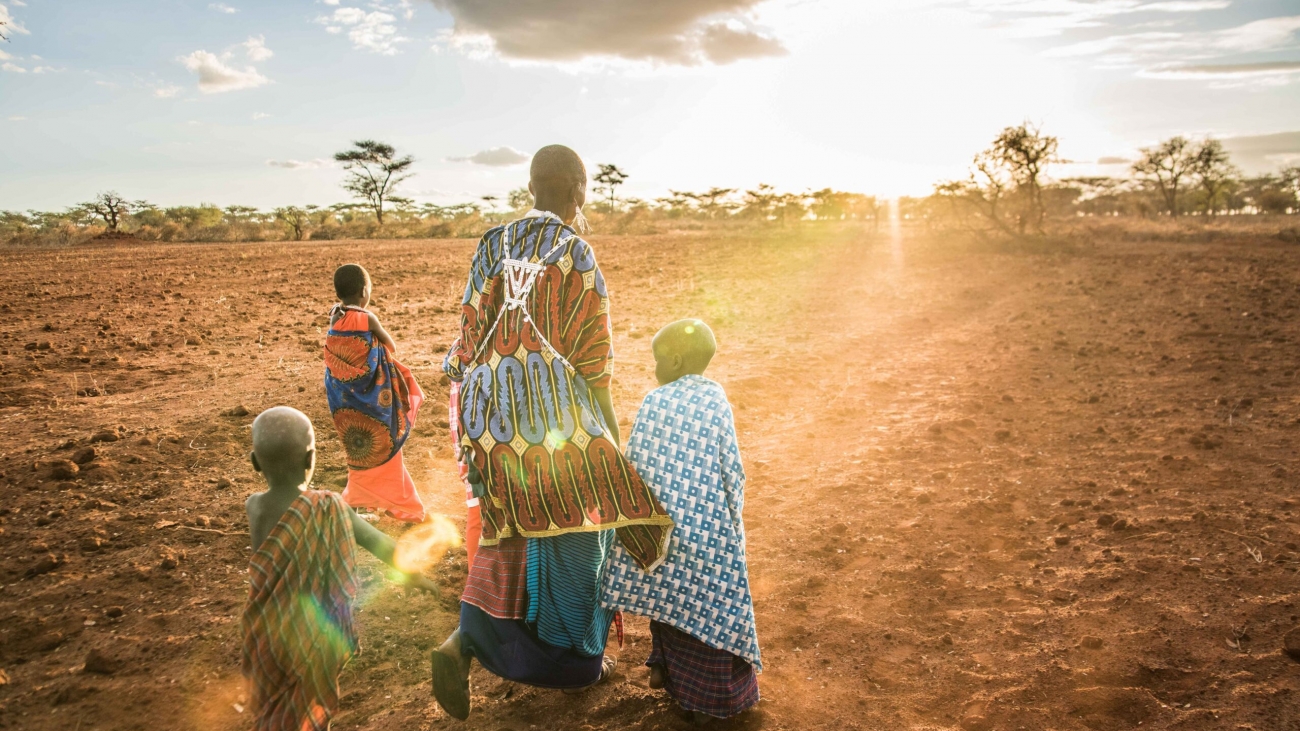

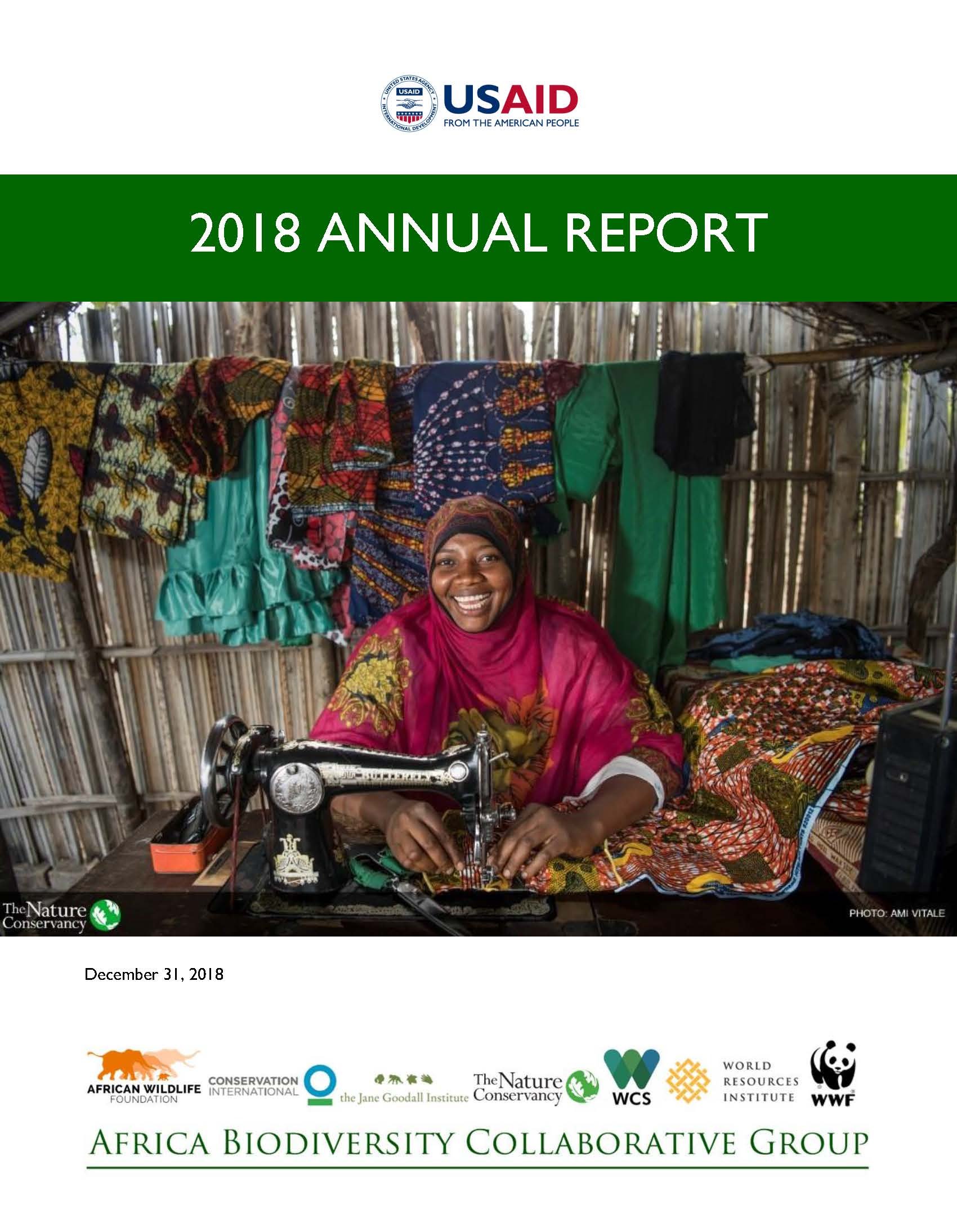
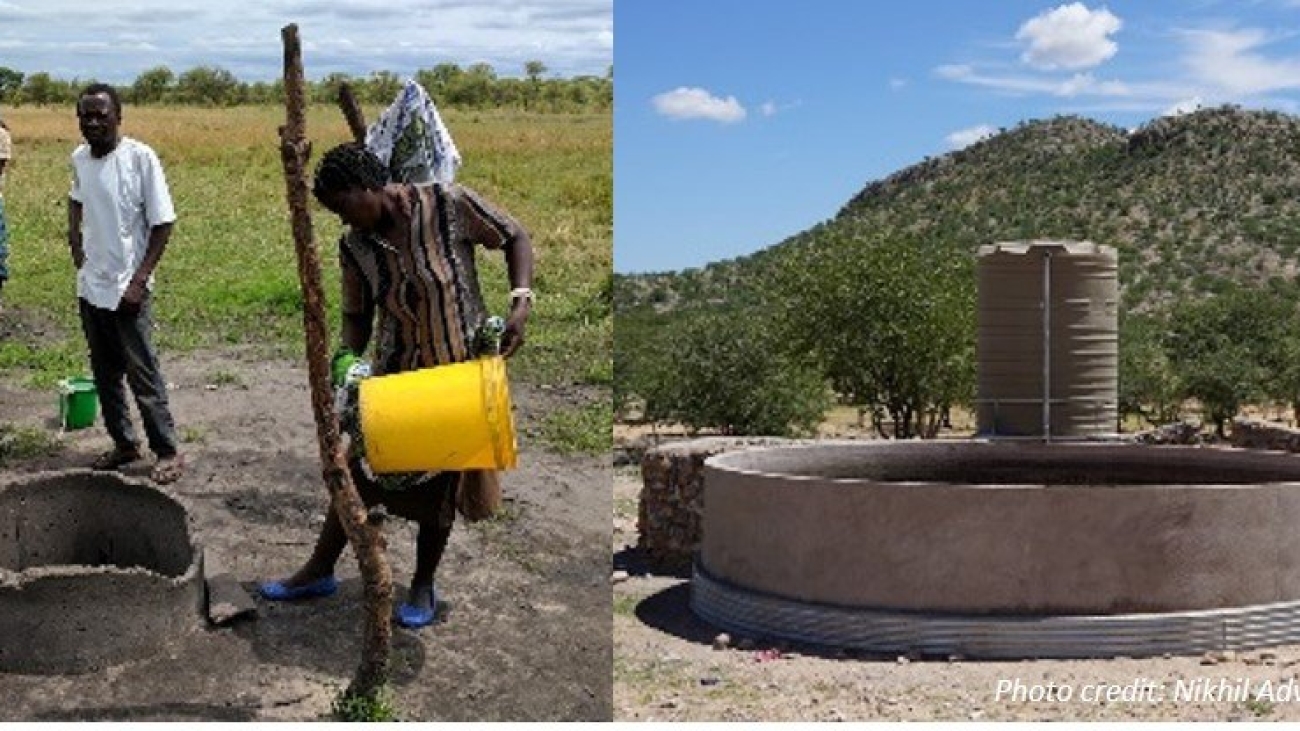
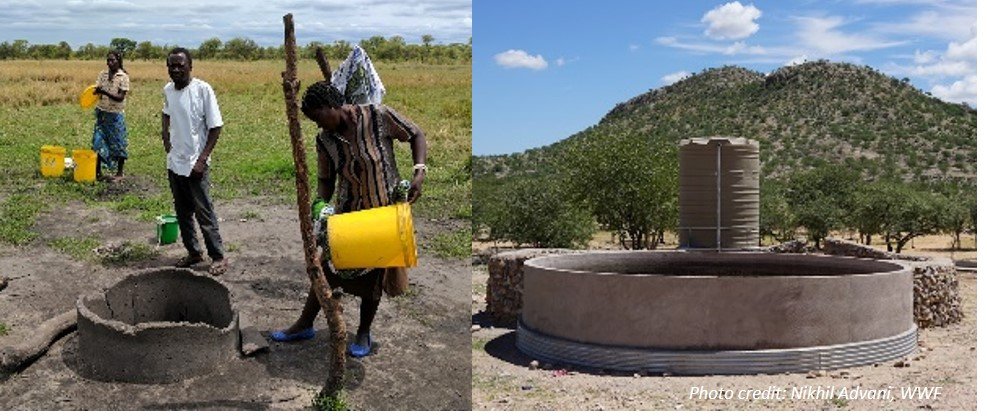
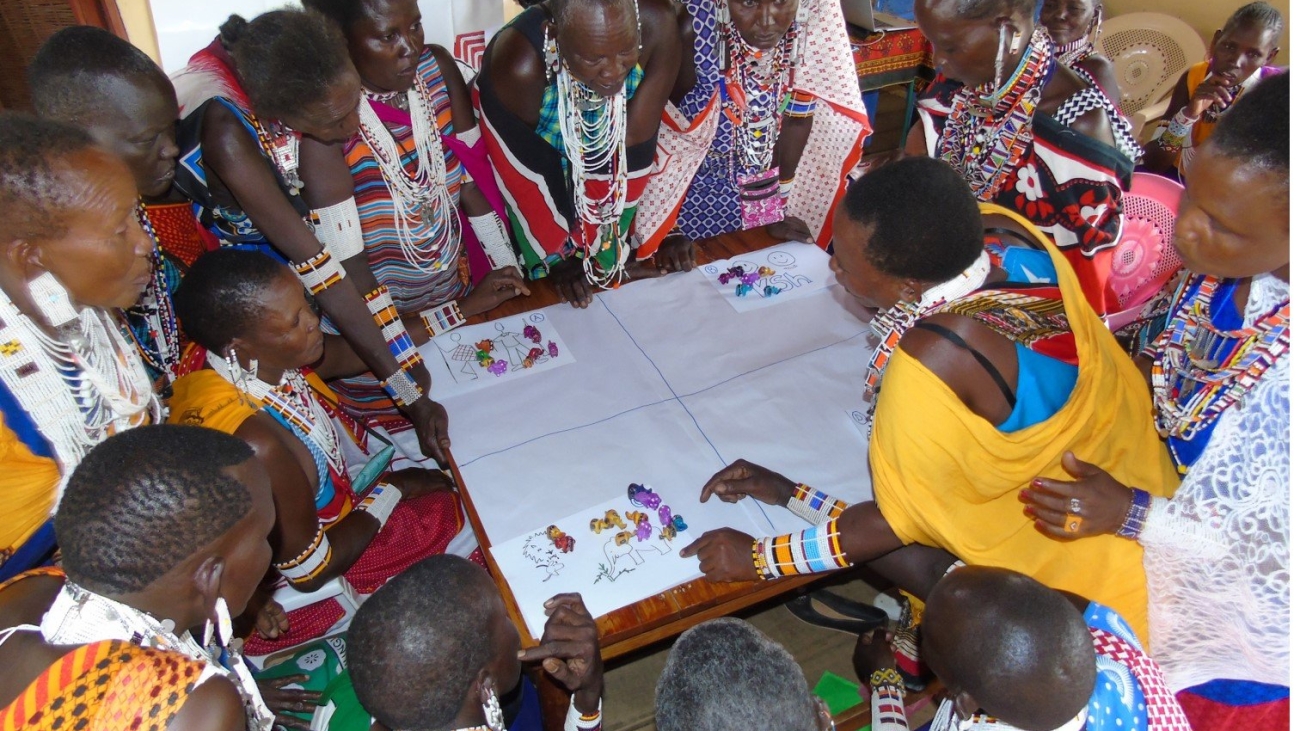
 Law enforcement and reducing the demand for wildlife products were for a long time the first line of defense against illegal wildlife trade. Engaging local communities is an important aspect that was missing in this process, stated Holly Dublin.
Law enforcement and reducing the demand for wildlife products were for a long time the first line of defense against illegal wildlife trade. Engaging local communities is an important aspect that was missing in this process, stated Holly Dublin.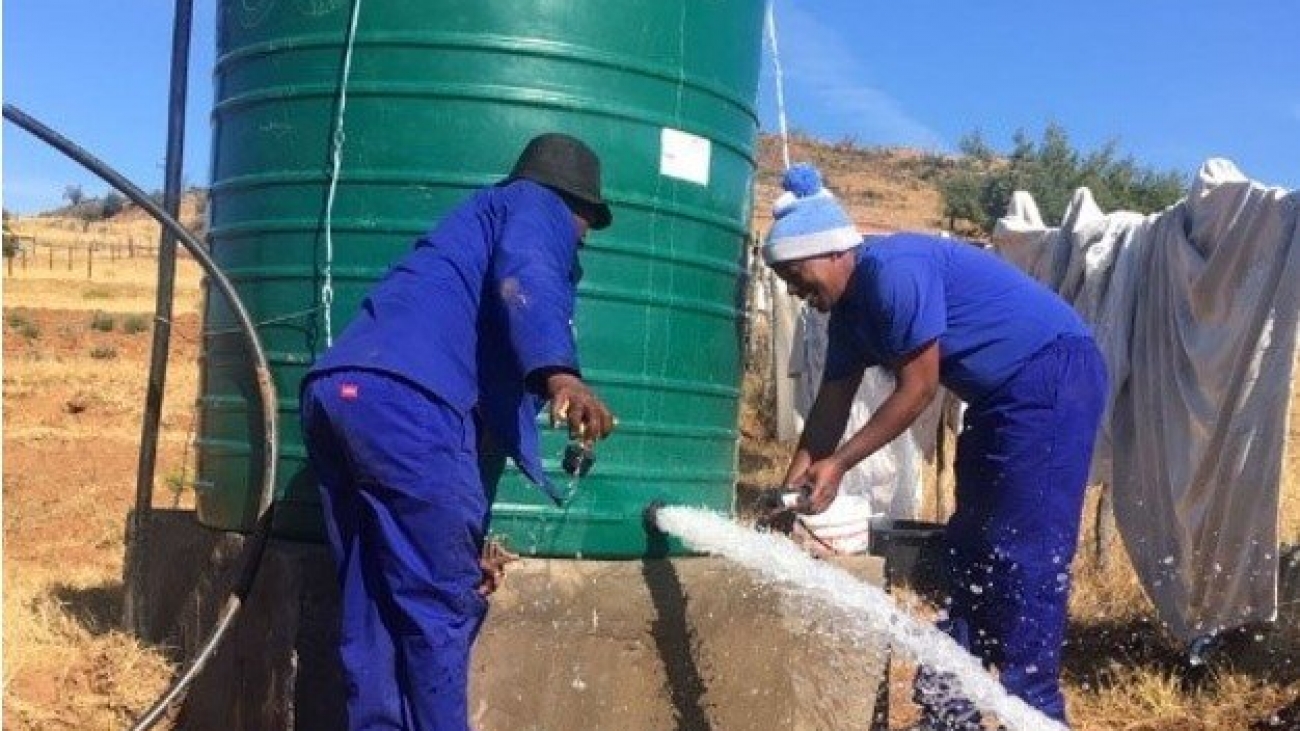
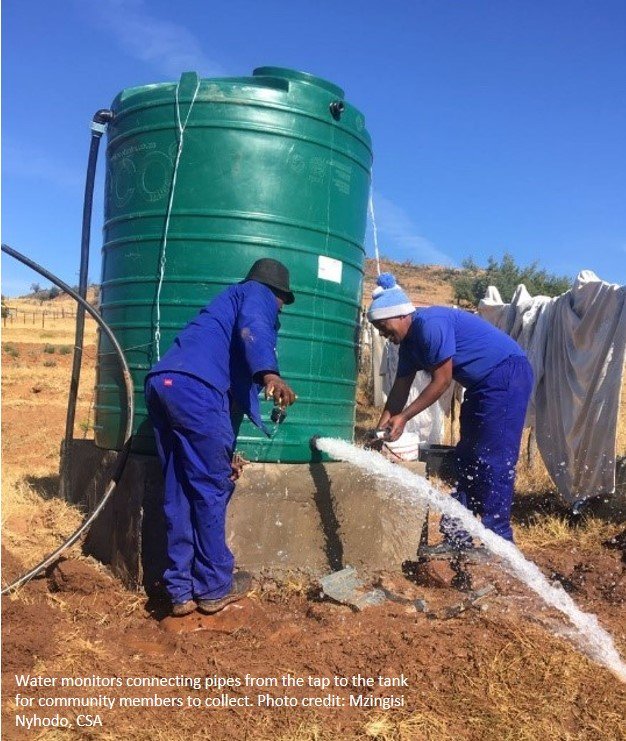
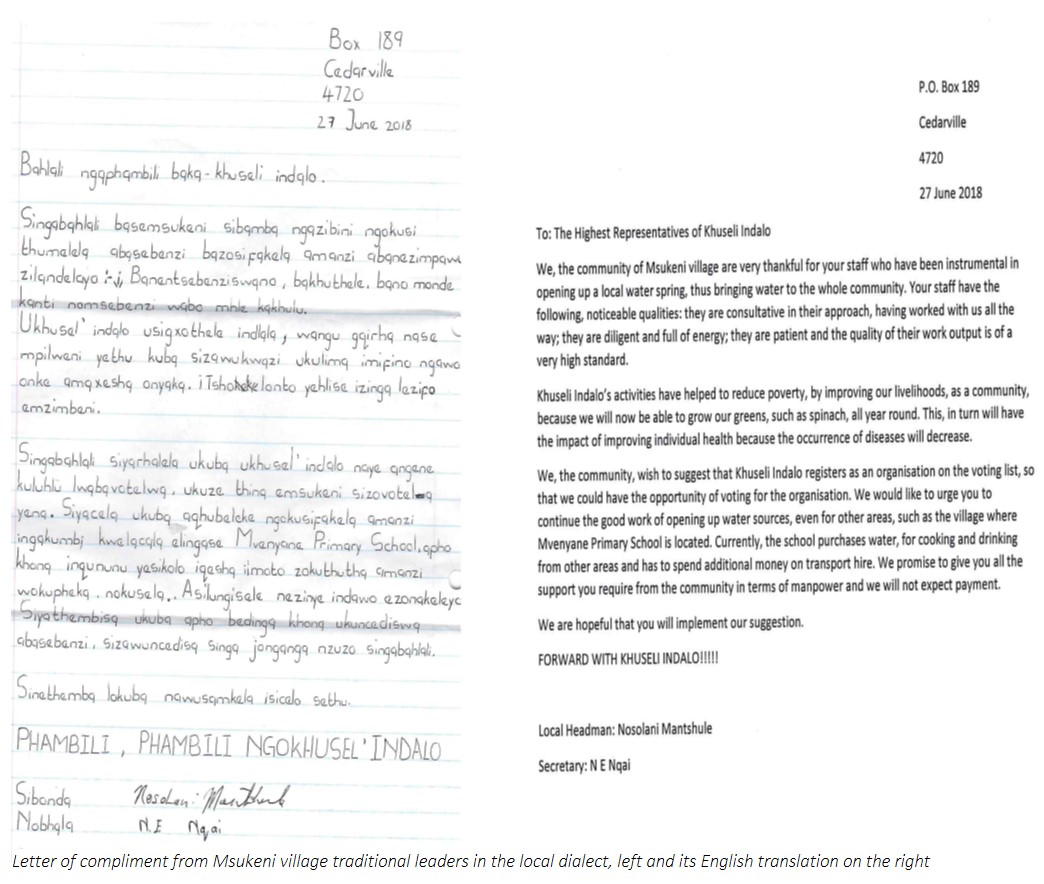
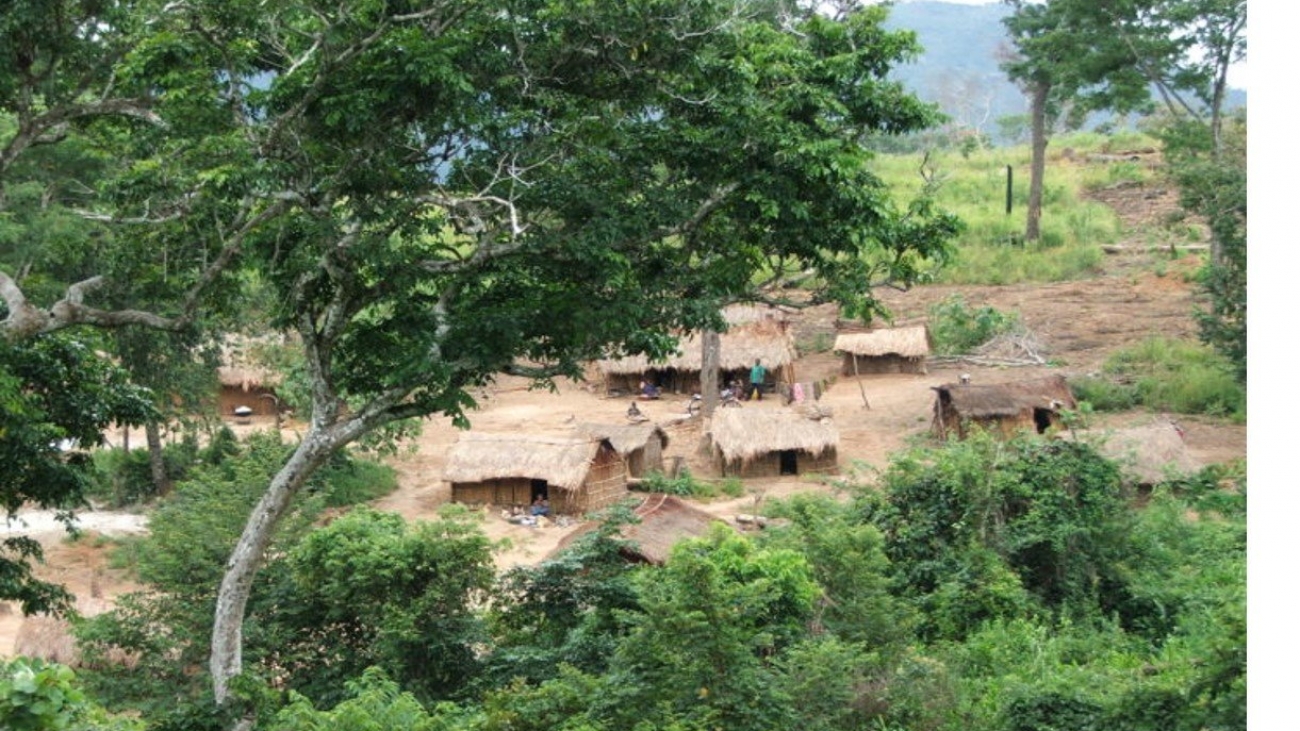

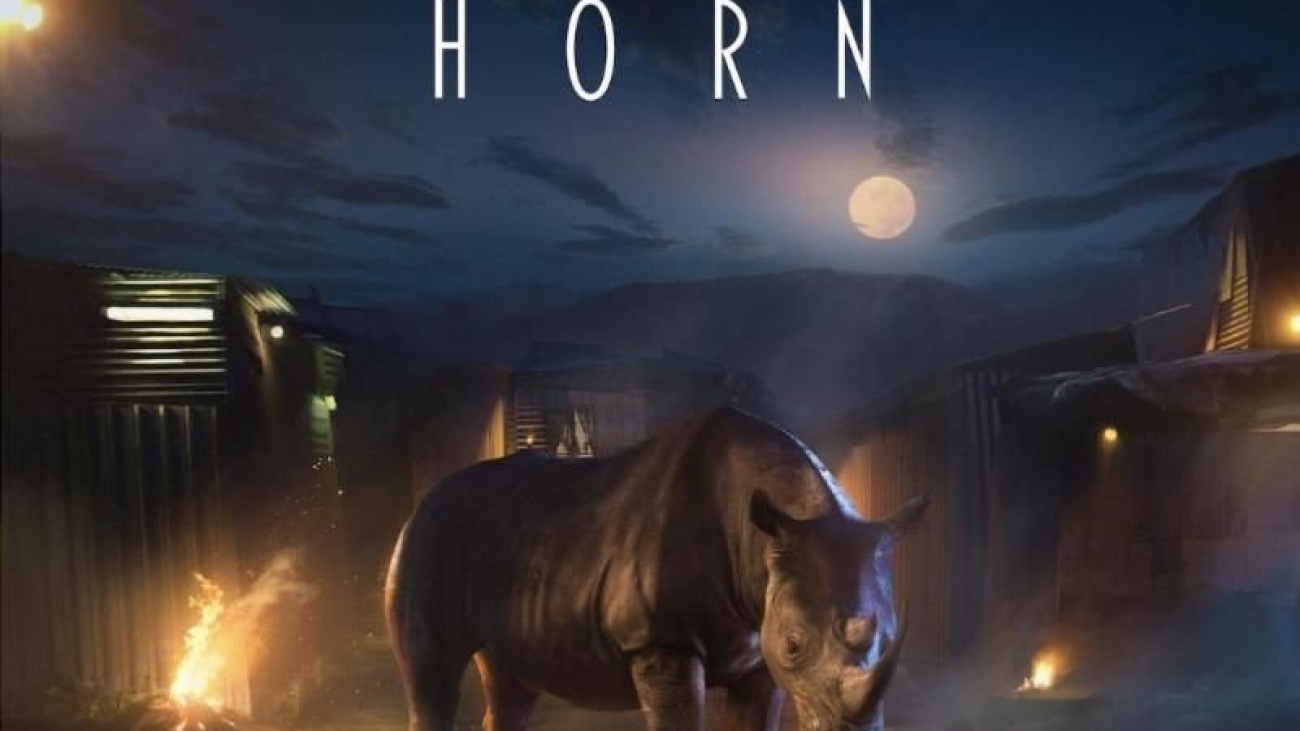
 There are about 25,000 rhinos in all of Africa today. This number becomes more meaningful — and painful — when you consider rhinos’ former strength on the continent. Black rhinos once numbered in the hundreds of thousands, while southern white rhinos were widespread in their range south of the Zambezi river.
There are about 25,000 rhinos in all of Africa today. This number becomes more meaningful — and painful — when you consider rhinos’ former strength on the continent. Black rhinos once numbered in the hundreds of thousands, while southern white rhinos were widespread in their range south of the Zambezi river.
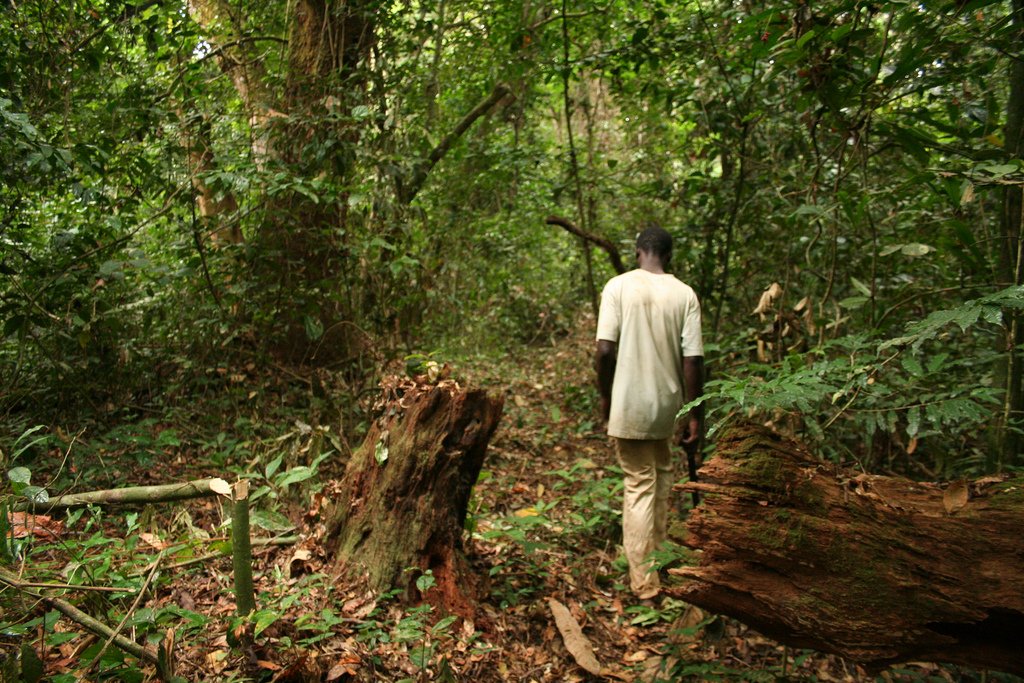 Gabon rainforest
Gabon rainforest 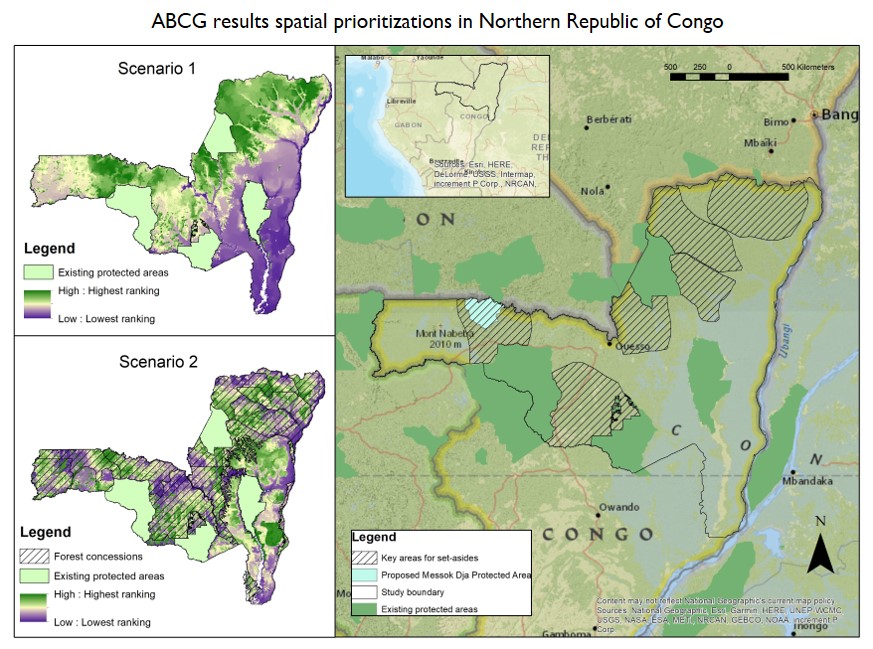 There are various types of scenario analysis. For land use planning the most useful are ones prioritizing new land use strategies that achieve planning objectives. This is through the application of spatial prioritization analysis to find where potential new land use interventions might be most useful. Spatial prioritization analysis can help identify the best places to achieve one or more objectives. Prioritizations can focus on one land use (e.g., protected areas, agriculture) or multiple land uses simultaneously, and can optimize across multiple objectives and identify trade-offs where objectives cannot easily be met. Land use strategies include alternative forms of management within the same tenure systems, for example less intensive logging, set-asides within concessions, and alternative cropping systems.
There are various types of scenario analysis. For land use planning the most useful are ones prioritizing new land use strategies that achieve planning objectives. This is through the application of spatial prioritization analysis to find where potential new land use interventions might be most useful. Spatial prioritization analysis can help identify the best places to achieve one or more objectives. Prioritizations can focus on one land use (e.g., protected areas, agriculture) or multiple land uses simultaneously, and can optimize across multiple objectives and identify trade-offs where objectives cannot easily be met. Land use strategies include alternative forms of management within the same tenure systems, for example less intensive logging, set-asides within concessions, and alternative cropping systems. 
 On May 22-24, 2019, 28 youth delegates from 22 African countries, converged at the
On May 22-24, 2019, 28 youth delegates from 22 African countries, converged at the 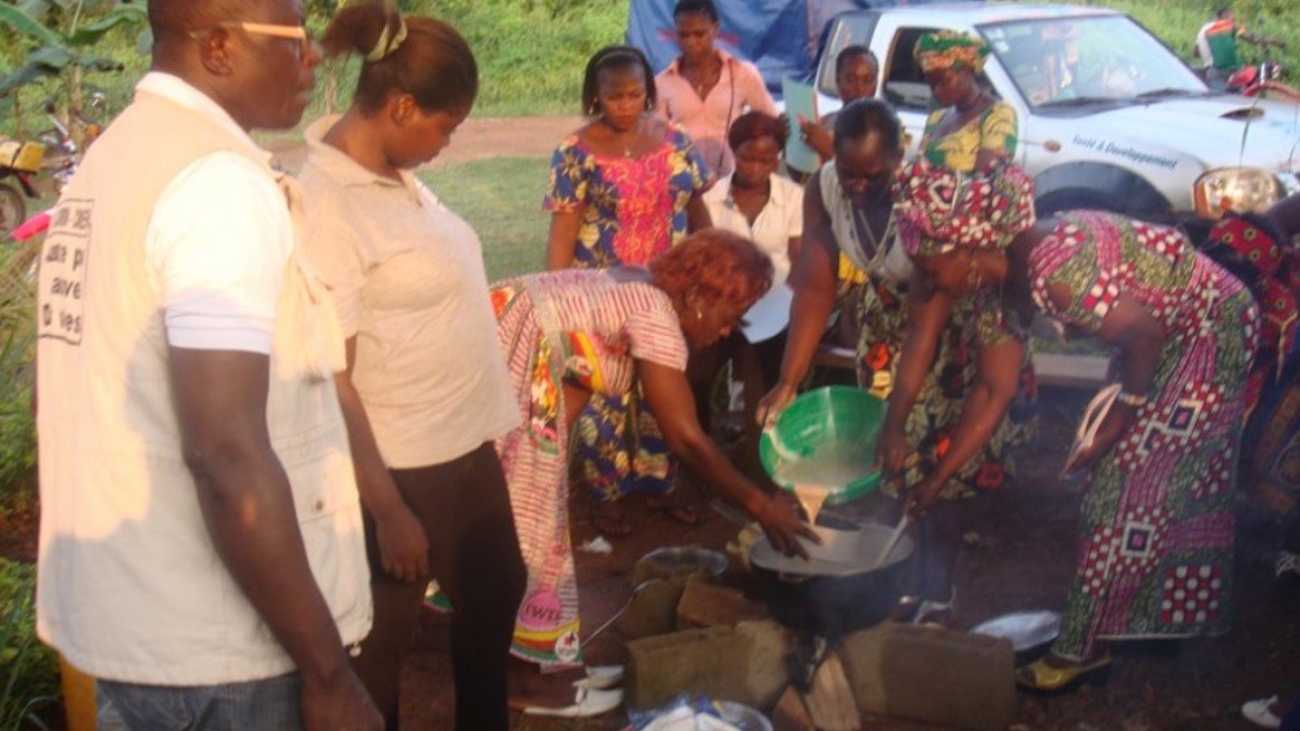
 Gaby (extreme left) supports a soy-enriched porridge cooking demonstration with women focal points as part of their training. Photo credit: Olivier Njounan Tegomo, WWF, Cameroon
Gaby (extreme left) supports a soy-enriched porridge cooking demonstration with women focal points as part of their training. Photo credit: Olivier Njounan Tegomo, WWF, Cameroon